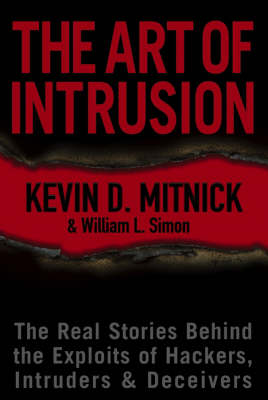El libro es muy entretenido. De hecho, en el anterior libro echaba de menos estas historias reales, por encima de los consejo que se daban para evitar sufrir estos ataques. En este libro son sólo historias de cómo ocurrieron las cosas. Mitnick, por supuesto, suelta sus amargas quejas por la injusticia que sufrió en algunas páginas del libro. Hay una que me encanta: en el capítulo 10, cuenta una anécdota: su pareja tiene una hija de siete años. Un día, por algún motivo habitual, castigó a la niña a estar un día entero sin jugar a su Nintendo DS, o a su PSP, o a la consola portátil que tuviera. Kevin se dedicó a tomar nota de todas las excusas, manipulaciones, incitaciones y argumentos que daba la niña para que le dejaran jugar de nuevo, mostrando cómo los niños, de manera intuitiva, son unos excelentes manipuladores. Llegado un momento la niña dice: “Yo no quería hacerlo, Kevin me obligó”, y el comentario de Mitnick: “¡Vaya! Creía que sólo los hackers decían esas cosas!”
El libro está muy entretenido. Es una buena lectura si a uno le interesan estas cosas. Mi nota (previsiblemente): Muy entretenido.
